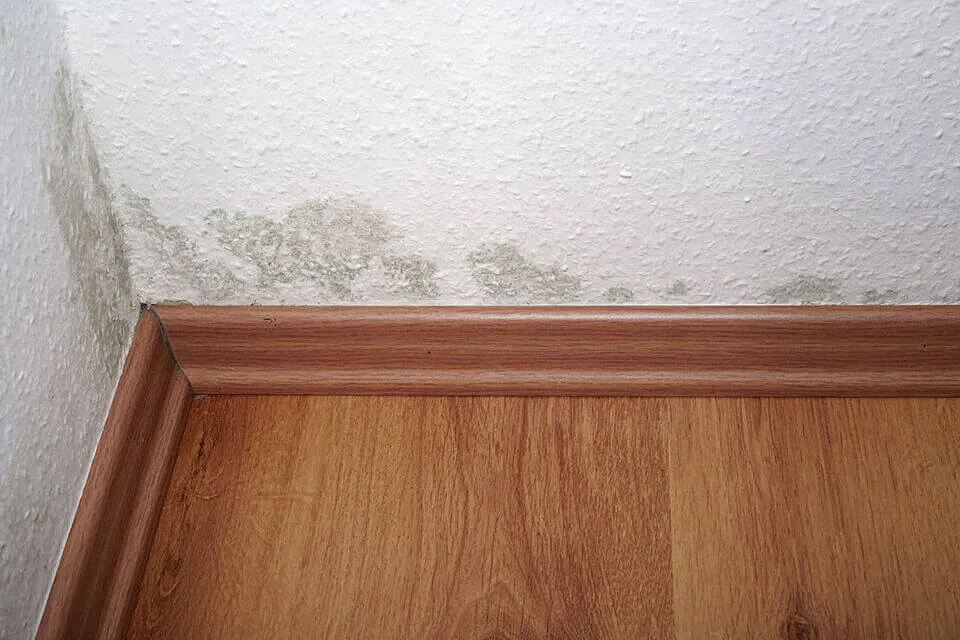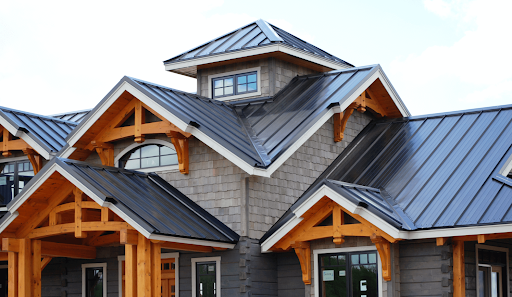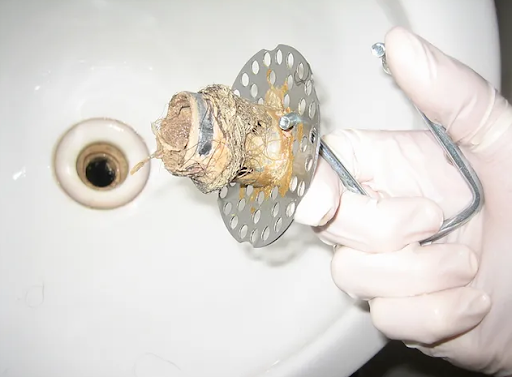Have you experienced the discomfort of clammy skin or seen water droplets form on your windows when it is humid outside? These symptoms indicate too much moisture in the air. Excess moisture can severely damage the physical structures in homes and promote mold growth.
If you see signs of excess humidity in your house and symptoms that indicate too much moisture in the air, you can click here to seek professional help from the air care professionals at Anderson Air.
Table of Contents
1. Open windows
Humidity causes windows to fog up due to warm air meeting cool window surfaces and producing condensation. It also supports the growth of mold, mildew and other organisms that can damage wood, paint, wallpaper, furniture and valuable items like photographs and artwork.
An appropriate HVAC system can be an effective means of controlling humidity in your home, but only if a minimum amount of humid air enters. Insulation and sealant repair efforts play a significant role in keeping humidity under control.
Sometimes opening a window can make matters worse. However, on days with lower natural humidity levels, open your windows a bit to allow the cool air to circulate more freely and bring fresh drier air in.
2. Install fans
High indoor moisture levels create that muggy, stuffy feeling while encouraging mold, mildew and dust mite growth – which further exacerbates allergies and respiratory issues, damages paintwork and wallpaper, and damages the paint job as a whole.
Installing exhaust fans in both your kitchen and bathroom is one of the best ways to reduce humidity in your home, removing moisture, fumes, and odors while venting them outside and providing circulation throughout your home. Be sure to leave these fans running while you shower or cook to maintain even air distribution throughout your space.
Ceiling and box fans are also great ways to keep the air moving in your home.
3. Remove moisture-absorbing materials
Humidity can cling to surfaces and furniture and damage them, cause respiratory illnesses, musty odors, and promote mold growth. By maintaining an acceptable humidity level – between 30%-50% as recommended by the Environmental Protection Agency – these issues will be eliminated while keeping both you and your family comfortable.
Certain materials like raw wood, houseplants and damp clothing can increase the humidity levels in your home. If you have a humidity issue, try to limit the amount of these items in your home, or store them in a designated, well ventilated area.
4. Keep moisture-generating activities outside
Humid air contributes to the proliferation of mold, mildew and dust mites as well as staining and damage to wood floors, walls, carpeting and paint surfaces. Furthermore, high humidity increases house rot development rates and leads to the collapse of drywall ceilings. Leaky pipes, poor household ventilation systems and daily activities such as cooking and bathing can compound the issue further.
There are various steps you can take to lower humidity in your home and make life more comfortable.
You’ll prevent humid outdoor air infiltration while limiting condensation on internal surfaces, hang clotheslines outside, store firewood outdoors, and direct laundry and kitchen vents away from humid areas can further help reduce humidity inside of your house.
5. Invest in a dehumidifier
Dehumidifiers can be found at most major hardware stores or online, and it is wise to have one in your home so you can monitor its levels more closely. It is recommended to also include a hygrometer to track it!
There are various effective solutions available to you that can effectively remove excess humidity, thus eliminating its negative effects and keeping all these issues at bay.
Many of these techniques are straightforward and affordable, with key source(s) identified and taken steps against. Once done, summer will bring warm sunshine without creating sauna-like conditions!





